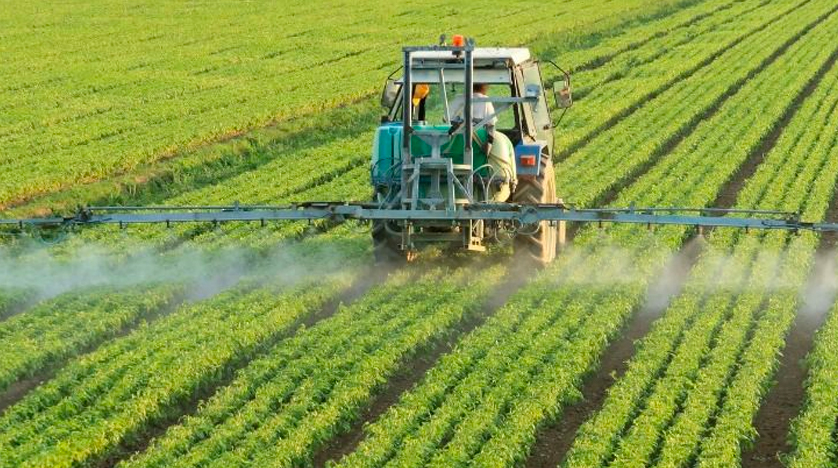
Posted February 26, 2014
Category(s) Industry News Materials

There are many different factors that can impact which agricultural lime is best for you and your needs. This is why we had our experts break down the top 10 agricultural lime questions we’ve come across in the industry. These aglime questions combined with definitive answers will provide you with the direction you’re looking for.
After years of heavy and repeated exposure to nitrogen-containing fertilizers, soil will grow acidic unless a soil conditioner is applied. Agricultural lime (sometimes referred to as aglime), works as such a conditioning agent. Composed of a finely-ground limestone, the aglime is able to neutralize the soil, which maximizes the availability of plant nutrients, promotes soil microbe activity, lowers toxicity levels, and improves soil structure.
1. How much aglime should be applied?
The true amount depends on the kind of crops that are being grown. For wheat or bermudagrass, for example, the soil’s pH must only be raised above 5.5. With legumes, on the other hand, the pH must be 6.8.
It is important to note that no more than 2 1/2 tons of aglime should be added to the soil’s surface per year, and no more than 4 tons should be applied if it is worked into the soil.
2. Should I work lime into the soil, or spread it on the surface?
Whenever possible, aglime should be tilled into the soil, as reactivity will be faster.
3. How quickly will agricultural lime work?
For aglime to react with soil, water is necessary. Therefore, lime will work faster in moist soil than in dry soil. Even under ideal conditions, it typically takes a year before a response can be measured. If the soil’s pH is extremely low you may notice a response within several weeks. Keep in mind that the finer the aglime, the more quickly it will take effect.
4. How do different tillage systems impact soil pH?
Conventional tillage systems are often able to mix enough subsoil into the top 6 inches, which can help to maintain proper surface pH levels. Conservation tillage systems, though, are less aggressive and offer only a limited amount of soil mixing. This can cause the surface soil to be exposed to crop residue and fertilizer applications, altering the pH levels.
5. Will liming impact herbicide activity?
There are a few herbicides that are pH dependent. As an example, a low soil pH could reduce the activity of triazine and sulfonylurea based herbicides.
6. Which is better – dolomitic lime or calcitic lime?
While both dolomitic and calcitic lime sources work very effectively, dolomitic lime should be used in soil that is magnesium deficient.
7. Should I use dry lime or liquid lime?
Although liquid lime can be more evenly applied than dry lime, there are several disadvantages. It is more expensive to apply and under-liming may occur as a result of the spread rate. It is also important to note that liquid lime must be applied more frequently than dry lime.
8. Is there a difference in the cost-effectiveness of dry aglime vs. liquid lime?
In order to determine cost-effectiveness, it’s necessary to compare the overall neutralizing power per unit weight of each, as well as the cost per unit weight of each. As this can be complicated, you may need to consult with an expert.
9. Why is my soil’s buffer pH important?
Buffer pH measures total soil acidity and it takes lime less time to correct the pH in soil with low buffering activity. Knowing the buffer pH helps in calculating how much lime is needed to correct both active and reserve acidity.
10. How often should lime be applied? Different soil types will produce acidity at varying rates, thus, the frequency of lime applications will vary. The amount of fertilization will also play a role in the need for liming.
As you continue researching or using agricultural lime you may come across questions that we didn’t focus on here. We recommend speaking with an agricultural limestone expert as they will be able to answer more specifically to your needs.
Our core delivery areas for agricultural limestone include NJ, NY and Eastern PA.
VIBRATION CONCERNS SUPPORT NUMBER
973-720-7094
Thank you! Your form was submitted successfully.
There has been an error submitting your form.